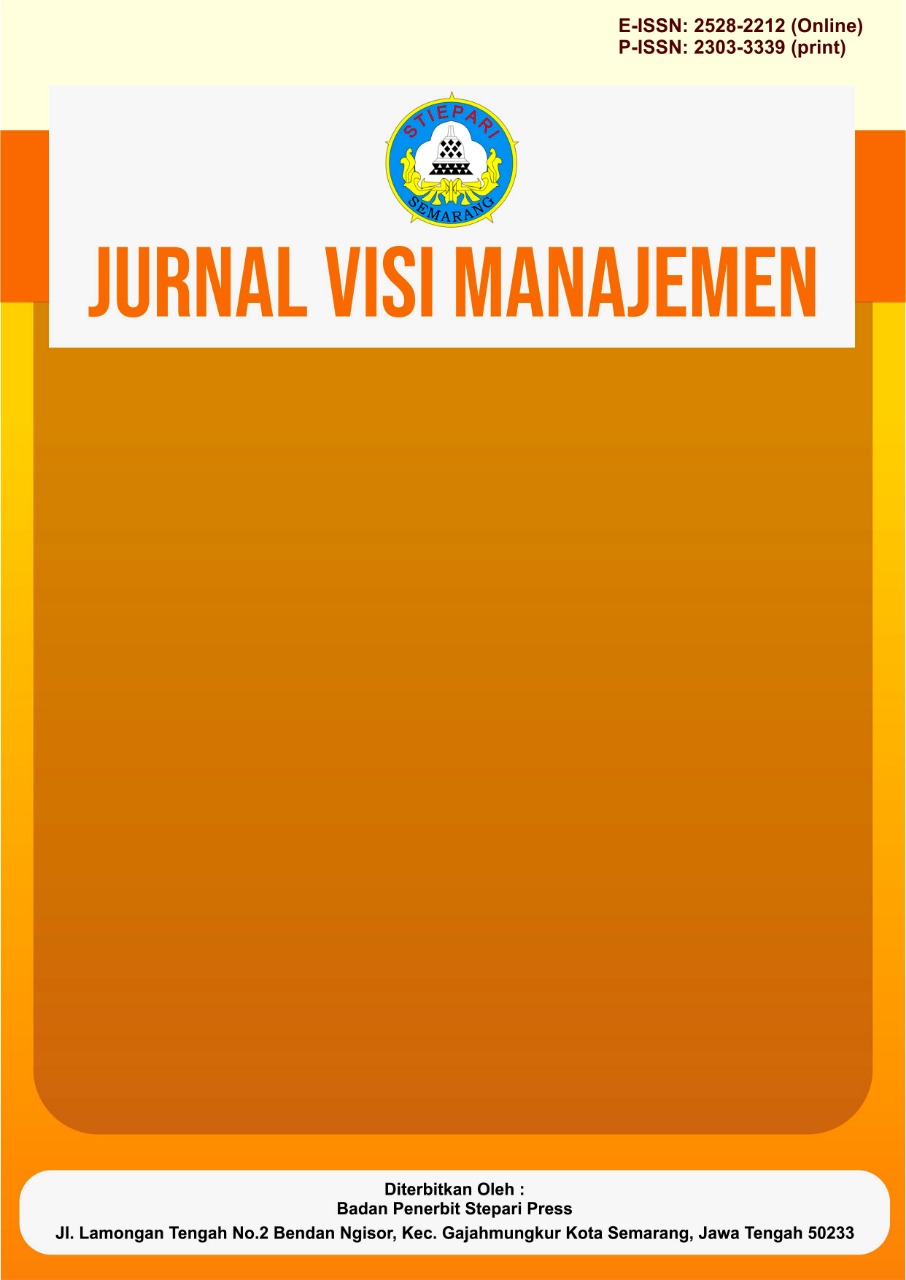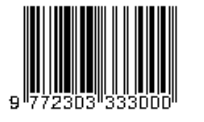Analisa Komunikasi Word of Mouth Dalam Mendukung Pemanfaatan Media Digital Berbasis Kepuasan Pengunjung
DOI:
https://doi.org/10.56910/jvm.v11i2.664Keywords:
Gen z, PIK, Tourism, Word Of MouthAbstract
Word-of-Mouth (WOM) communication plays a vital role in shaping the perception of tourism destinations and significantly influences tourists' decision-making processes. This is particularly true for Generation Z, a demographic cohort characterized by their high digital literacy, constant connectivity, and strong preference for authentic and unique experiences. Generation Z travelers tend to rely heavily on WOM, both traditional and digital (e-WOM), when selecting travel destinations, as they value peer recommendations over conventional advertising. One of the destinations that has gained popularity among this generation is Pantai Indah Kapuk (PIK), a rapidly developing coastal area known for its vibrant atmosphere, modern attractions, and aesthetic appeal suitable for social media sharing.This study aims to examine the impact of WOM communication on the satisfaction and overall tourism experience of Generation Z visitors at PIK. The research adopts a quantitative approach using survey methods to collect data from Generation Z tourists who have visited PIK. Variables measured include the source and credibility of WOM, the influence of WOM on decision-making, perceived value, satisfaction, and the quality of the tourism experience.The findings are expected to provide insights into how WOM shapes tourist behavior, enhances destination satisfaction, and contributes to memorable tourism experiences among Generation Z. Furthermore, the study aims to offer recommendations for destination marketers and tourism stakeholders to effectively leverage WOM as a strategic tool in promoting destinations and engaging young travelers in meaningful ways.
References
Abubakar, A. M. (2016). Does eWOM influence destination trust and travel intention: A medical tourism perspective. Economic Research-Ekonomska Istraživanja, 29(1), 598–611.
Aprilia, F., & Kusumawati, A. (2021). Influence of electronic word of mouth on visitor's interest to tourism destinations. The Journal of Asian Finance, Economics and Business, 8(2), 993–1003.
Bahri, S. (2018). Metodologi penelitian bisnis lengkap dengan teknik pengolahan data SPSS. Yogyakarta: Andi.
Bhattachary, S., & Dutta, A. (2016). An empirical study on the factors affecting WOM communication for branding a tourist destination. Tourismos, 11(1), 68–85.
Gildin, S. Z. (2022). Understanding the power of word-of-mouth. RAM. Revista de Administração Mackenzie, 4(1), 92–106. https://doi.org/10.1590/1678-69712003/administracao.v4n1p92-106
Gössling, S., & Schweiggart, N. (2022). Two years of COVID-19 and tourism: What we learned, and what we should have learned. Journal of Travel Research, 61(7), 1567–1583.
Hervas-Cortina, C. M., Gil-Saura, I., & Ruiz-Molina, M. E. (2024). Exploring the role of tourism destination communications in shaping tourist e-WOM intentions. Journal of Tourism and Services, 15(29), 111–132.
Jain, A. K., Duin, R. P. W., & Mao, J. (2000). Statistical pattern recognition: A review. IEEE Transactions on Pattern Analysis and Machine Intelligence, 22(1), 4–37. https://doi.org/10.1109/34.824819
Jie-Hua, S., Wen-Goang, Y., & Li-Wei, L. (2020). Impact of WOM and online WOM on tourist destinations in Indonesia. Utopía y Praxis Latinoamericana: Revista Internacional de Filosofía Iberoamericana y Teoría Social, Número Extra 10, 305–318.
Karnadi, J. F., & Machdijar, S. (2020). Urban entertainment hub di kawasan Pantai Indah Kapuk. Jurnal Sains, Teknologi, Urban, Perancangan, Arsitektur (STUPA), 1(2), 2005. https://doi.org/10.24912/stupa.v1i2.4385
López, M., & Sicilia, M. (2014). Determinants of e-WOM influence: The role of consumers’ internet experience. Journal of Theoretical and Applied Electronic Commerce Research, 9(1), 28–43.
Lubis, I. (2020). Komunikasi antarpribadi guru dan siswa dalam mencegah kenakalan remaja. Jurnal NUSANTARA: Jurnal Ilmu Pengetahuan Sosial, 3(1), 95–101. https://doi.org/10.46576/jnm.v3i1.870
Nanggong, A., & Mohammad, A. (2020). The impact of cultural tourism experience on electronic word-of-mouth (e-WOM) and destination image. Diponegoro International Journal of Business, 3(2), 68–79.
Parianto, P., & Marisa, S. (2022). Komunikasi verbal dan non verbal dalam pembelajaran. Journal Analytica Islamica, 11(2), 402. https://doi.org/10.30829/jai.v11i2.14123
Raslie, H. (2021). Gen Y and Gen Z communication style. Studies of Applied Economics, 39(1). https://doi.org/10.25115/eea.v39i1.4268
Riduwan. (2014). Metode & teknik penyusunan proposal penelitian. Bandung: Alfabeta.
Sugiyono. (2014). Metode penelitian pendidikan: Pendekatan kuantitatif, kualitatif, dan R&D. Bandung: Alfabeta.
Sugiyono. (2017). Metode penelitian kuantitatif, kualitatif, dan R&D. Bandung: CV. Alfabeta.
Sukserm, T., & Takahashi, Y. (2012). Development of leadership skills and traits: The case of Thai undergraduate students. AU-GSB e-Journal, 5(2).
Downloads
Published
How to Cite
Issue
Section
License
Copyright (c) 2025 Jurnal Visi Manajemen

This work is licensed under a Creative Commons Attribution-ShareAlike 4.0 International License.







